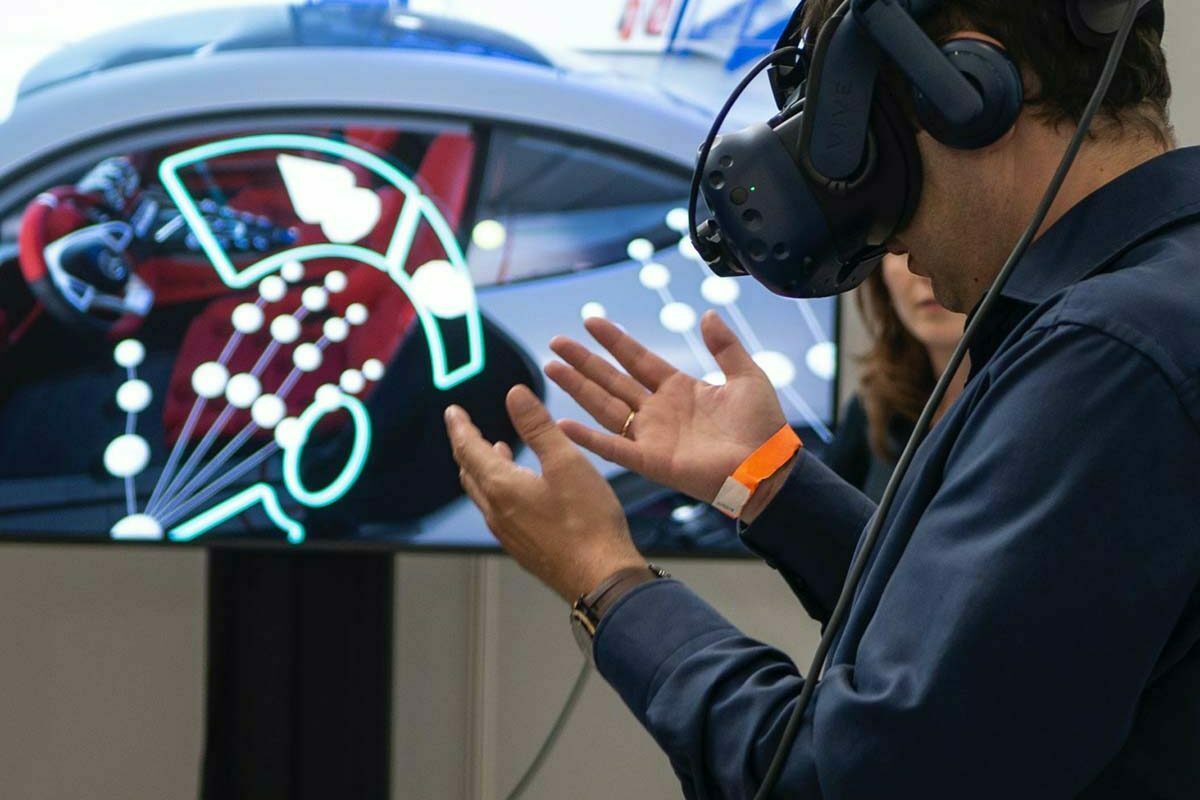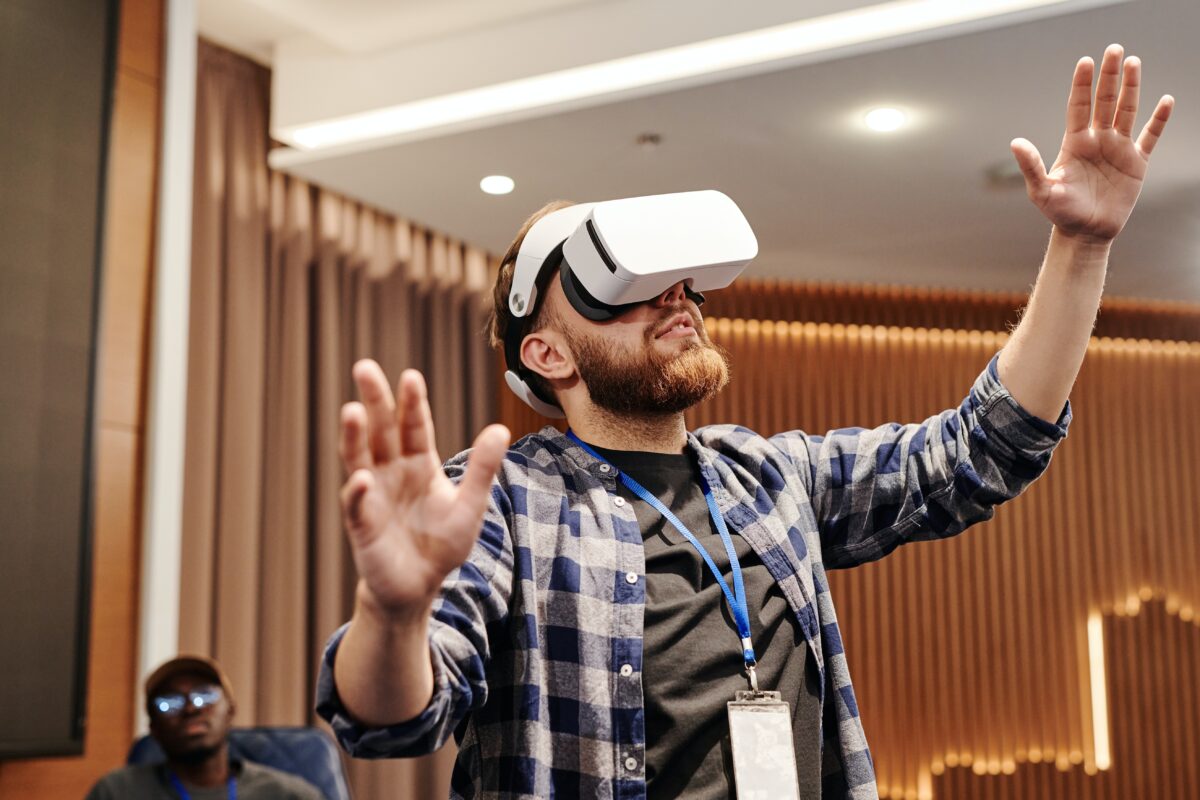Augmented reality (AR) and virtual reality (VR) are transforming the event industry. With events shifting to virtual, this technology has a tremendous influence on the event industry.
Businesses and event planners are always looking for innovative ways to enhance their event experience. This technology can change the way event planners engage with their attendees and can bring their events to life.
By implementing AR/VR, businesses and event planners can advance their virtual events to the next level.
Augmented Reality
Augmented reality is an experience that enhances a real-world environment with a set of virtual objects in it. It’s a technology where a user’s real environment is augmented with computer-generated images.
One can experience augmented reality through various devices such as modern smartphones, tablets, smart glasses, AR headsets, and more.
As smartphones are accessible to everyone, people can experience augmented reality through various apps and games available.
Virtual Reality
Virtual reality is a fully immersive experience replacing a user’s real-world environment. It’s a computer-generated simulation that makes the user feel as if they are in another world.
In virtual reality, an artificial 3D world is designed with the help of computer technology. Using a VR headset enables the user to look around, move around and interact with the virtual environment.
Why use AR/VR for Virtual Events?
Here are some of the reasons why augmented reality and virtual reality should be used for virtual events:
- Remote Visualization and Demonstration of Products and Services
With AR/VR technology, businesses can now host events remotely providing the same experience as physical events.
Whether it is a product demonstration, networking, or collaboration, you can provide a seamless virtual experience to your attendees.
AR/VR can help you create a real-world virtual environment to showcase your event. It allows your attendees to experience and interact with your products and services in a near real virtual environment.
Your attendees aren’t limited to staying in a hotel or at the venue to attend the event. They can access all the benefits of the event without having to lose valuable time to travel.
Multiple parties, no matter where they live around the globe can be in their homes in comfort and can experience the event.
- Interactive and Immersive Experience of Products and Services
The AR/VR technology is quite flexible and allows recreating any scenario in a virtual environment. The demonstration of products and services to your virtual attendees is now possible with the help of this technology.
An artificial 3D world can be created with this technology to bring your products and services to life. It helps you to demonstrate such products and services that are too complex to explain.
You can provide an augmented experience on mobile devices or an immersive experience through a VR headset. This enables your attendees to explore and interact with your products and services in a near real virtual environment.
AR/VR can help you create a much more immersive experience for your attendees. And this makes them much interested in your products and services, thus promoting further sales.
3. Better Virtual Engagement
It’s not easy to enhance engagement with the lack of personal touch and physical interaction. But implementing AR/VR in your virtual events can make engagement much more effective.
AR/VR technology can create a virtual environment where your attendees can interact and communicate with your products and services.
It can change the view of product demonstration, training, and online learning into much more enjoyable sessions. With approaches like gamification, you can place your attendees at the centre of the experience and can achieve better engagement.
Such immersive and interactive experiences will enhance better engagement and are going to be remembered for a long time.
- Real-time Behavioural Analytics
Implementing AR/VR to your virtual events can help you gather important behavioral analytics. You can measure and track every interaction made by your attendees during the event.
AR/VR experience can indicate what part of the experience your attendees are paying the most attention to. It helps you to observe your attendee’s behavior and engagement during the event. And all those data help you to measure the overall success of your virtual event.
The ability to gather such analytics can improve your future marketing strategies and can enhance your business growth.
Conclusion
As AR/VR technology is becoming more accessible, implementation of this technology has become much easier for businesses and event planners.
It has become the most innovative and effective way to provide a virtual event experience. It greatly enhances virtual engagement and experience that will change the event industry forever.




